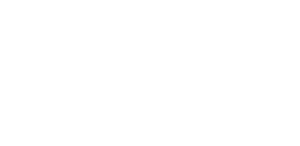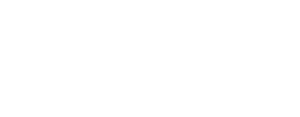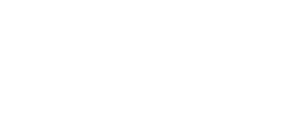Established in December 1941 to produce TNT for World War II, the Longhorn Army Ammunition Plant facility was a major employer in East Texas. Over time, the facility produced a variety of munitions, including incendiary devices and Pershing rocket motors. As unused buffer land surrounding the facility reverted from its former agricultural use to forest, it provided habitat for hundreds of species of wildlife. Today, the site has been transformed into a valuable wildlife refuge. This case study tells the remarkable story of the continuing cleanup and reuse of the Longhorn Army Ammunition Plant Superfund site.
Read the full study here: In Depth Case Study LHAAP 2018
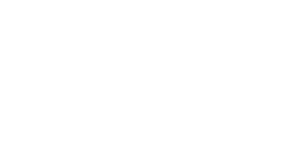
A guardhouse (picture is prior to restoration), is now part of the refuge visitors center and remains onsite.
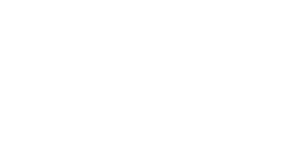
At the Dwight K. Shellman Jr. Ramsar Wetlands Visitor Center, people can learn about the refuge ecosystems. (Image from Jack Canson)
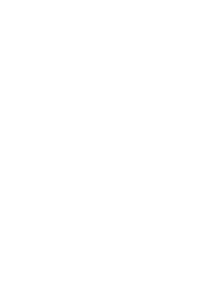
In 1988, plant employees destroyed Pershing missiles in the presence of Soviet inspectors in accordance with the Intermediate-Range Nuclear Forces Treaty.
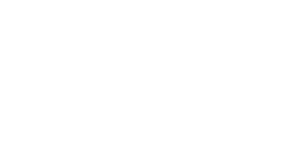
As ecological reuse proceeded at the refuge, the Army continued to clean up other site areas still under its control.
